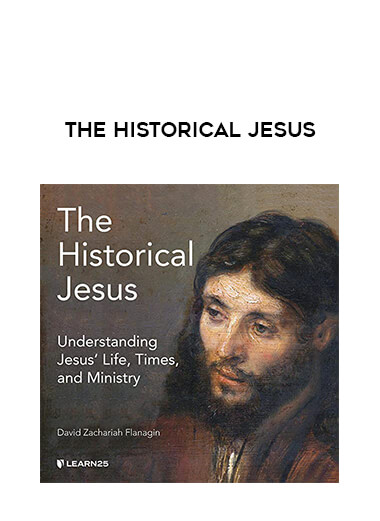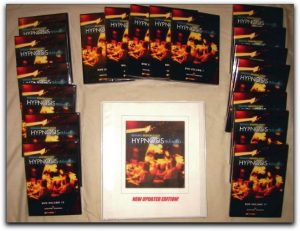The Historical Jesus
 Salepage : The Historical Jesus
Salepage : The Historical Jesus
Arichive : The Historical Jesus
I’m pulling this one out of the archives because the theme has been on my mind. Enjoy.
There is a massive artifact testifying to existence and work of Jesus, which is called the church. It can be categorized as a society, a culture, a corporation, or a network. It is the main source.
Unsurprisingly, the oldest churches have the most historical continuity with Jesus’ first century movement: this would mean the various Orthodox churches, the Catholic church, and the churches of the Middle East, which share similar structures, traditions and doctrines. The disagreements among these churches are mostly over culture and lines of authority. This main tradition is what I’m calling “the church”. The Anglican and Lutheran churches keep some continuity with this main tradition. The thousands of Evangelical churches, for all the noise they make in the English speaking world, are modern innovations which do not bother to claim historical continuity.
The church has preserved some documents, considered defining, about the life and work of Jesus – the New Testament. The texts of the New Testament are about as detailed as ancient biographies ever get (not very). They are also (maddeningly for us moderns) stylized and highly theological. One thing that tends to be forgotten in polemics (again, thanks to noise made by Evangelicals) is that Christianity would exist even if the New Testament did not. The books were not written, and then the church come to be, but the other way around.
So the question is not whether or not we have historical artifacts of Jesus, we have a mountain of them, but how well the artifacts reflect their ultimate source. The question is unanswerable. Aside from the testimony of the church, there is no other testimony of Jesus.
Attempts to use the New Testament as a source independent of church tradition, to try and get “behind” the text to the “real” Jesus have been very productive insofar as they help show the theological structure and redaction of the texts, but have never achieved their main goal. Their method is to set criteria for a “certain” event or teaching of Jesus, discover those events or teachings in the text, and then create a parallel theory of Jesus out of those elements, proclaiming that they have discovered the historical Jesus.
But just because a particular method highlights some teachings and events as more certain, and others as less certain, does not mean that any of those events really did or did not happen. Compound the fact that the criteria of certainty and uncertainty are largely subjective, the resulting theory can be meaningless. For example, theologians regularly divide the letters of St. Paul in to ones certainly written by him, ones possibly written by him or by a close disciple, and ones probably not written by him. They categorize the biography of Paul in Acts of the Apostles as being “possible, but not certain”, since he did not write it himself. They then limit their theories about St. Paul only to the “certain” texts, which gives a completely different picture of Paul than if they built their theories out of the “certain” texts and the “possible” texts.
The other problem is assuming a totality which the texts do not claim. To again use Paul as an example, it is thought that Paul wrote three letters to the Corinthians, the middle one being lost. Had the third been lost, and the second preserved, modern scholars would claim that Paul had never heard of the Eucharist.
It is possible however to shed indirect light on the sources. Our knowledge of first century Palestine and second Temple Judaism can help make sense of what is found in the Gospels. The problem of course is that the religious and cultural world of 1st century Palestine was largely destroyed by a Roman army in 70 AD. Our knowledge has been traditionally limited to the works of Josephus and the New Testament, neither of which claims to give a complete picture. Modern research has opened us up to the realization that there is more we do not know about Jesus’ cultural environment than what we do.
But what has been discovered can be enlightening. Take for example the changing picture we have of the Gospel of John: traditionally it was ascribed to Jesus’ disciple John the son of Zebedee, and thought to have been redacted by a close disciple of his. Then about a century ago it became fashionable to date the work to 120-140 AD (much too late to have anything to do with the son of Zebedee), written by a gentile influenced by Greco-Roman Gnosticism. In the 20th century, archaeological digs in Jerusalem have shown that the author of the Gospel of John was familiar with Jerusalem pre-70 AD, making a late dating impossible. After two thousand years of ignoring each other’s work, Christian and Jewish exegetes have been surprised to see that the dialogues in John are rabbinical misdrahes, and that John’s depreciating references to “the Jews” have strong parallels with other first century Jewish writings found at Qumram where “the Jews” refers to the religious authorities in Judea, making the term not so much anti-Semitic as anti-Temple. In short, contemporary research suggests that the author of John was most likely a first century Jew with formal theological training, and ignorant of Gnosticism.
In short, there is no Jesus proposed to us except the Jesus proposed by the church, which is one of the themes of the New Testament anyway. St. Paul brushes off accusations that he never knew Jesus in the flesh, for him it has no bearing on his vocation as an apostle. John insists regularly on the theme of testimony: people believe in Jesus through human testimony. Much of the Gospel of Matthew is a commentary on church governance, an embryonic canon law. Likely, many of the books were never meant to be read outside of a Eucharistic celebration. In all the Gospels, Jesus sends his apostles to preach, to baptize, to repeat the words and rituals he taught them. The testimony can be accepted or rejected, but not explained away.





























Reviews
There are no reviews yet.